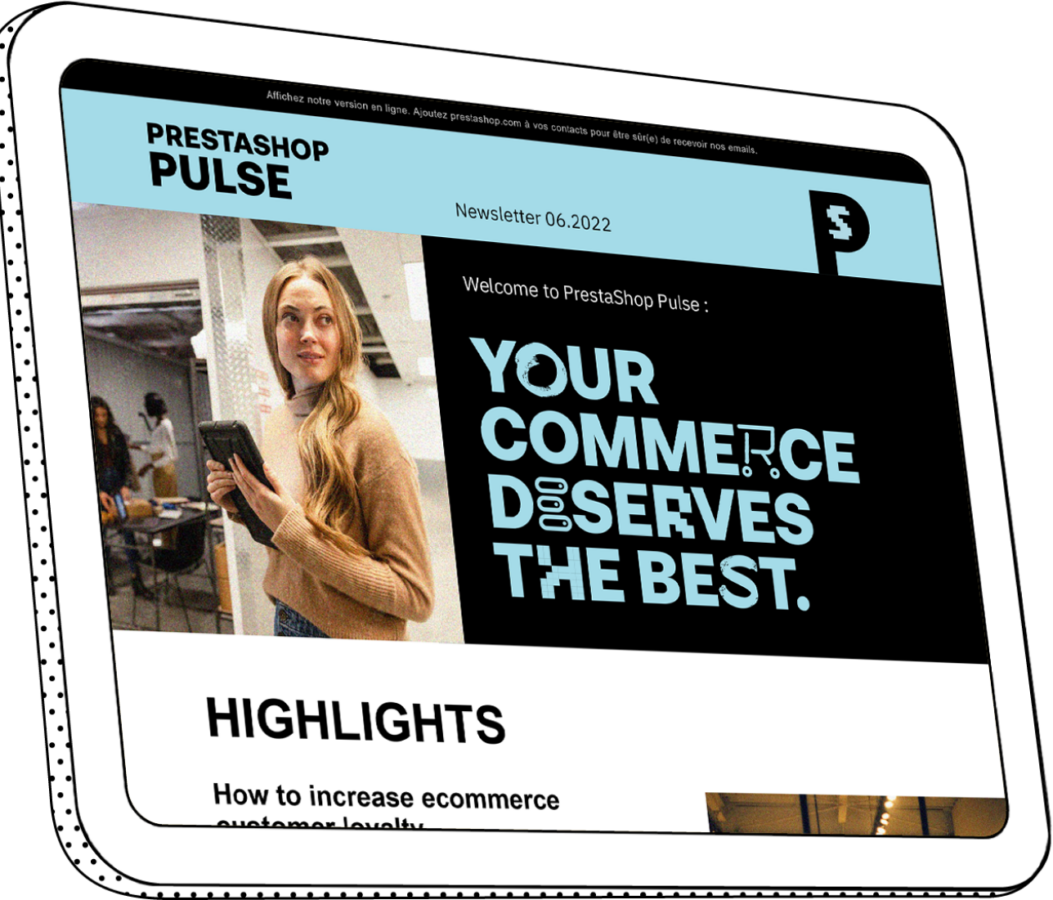Resources
There are 95 results for your search

ResourcesPrestaShop TeamDecember 5, 20255 min
How to manage your online store’s costs to keep it profitable

ResourcesSeptember 1, 20255 min
What is the price of a PrestaShop store in 2025?

ResourcesJohn AhyaJune 13, 20258 min
Tracking customer health scores in B2B ecommerce: A data-driven approach

ResourcesPrestaShop TeamMay 15, 20256 min
SKU, EAN, UPC, what exactly are they?

ResourcesPrestaShop TeamMay 6, 20255 min
Accessibility FAQ: What does the EAA really change for your online store?

ResourcesJohn AhyaApril 15, 20255 min
Winning strategies for PrestaShop startups in crowded ecommerce markets

ResourcesPrestaShop TeamApril 14, 20254 min
TikTok Shop in Europe: what you need to know

ResourcesPrestaShop TeamMarch 17, 20256 min
How do you prepare a business plan before launching an ecommerce site?

ResourcesPrestaShop TeamMarch 17, 20256 min
